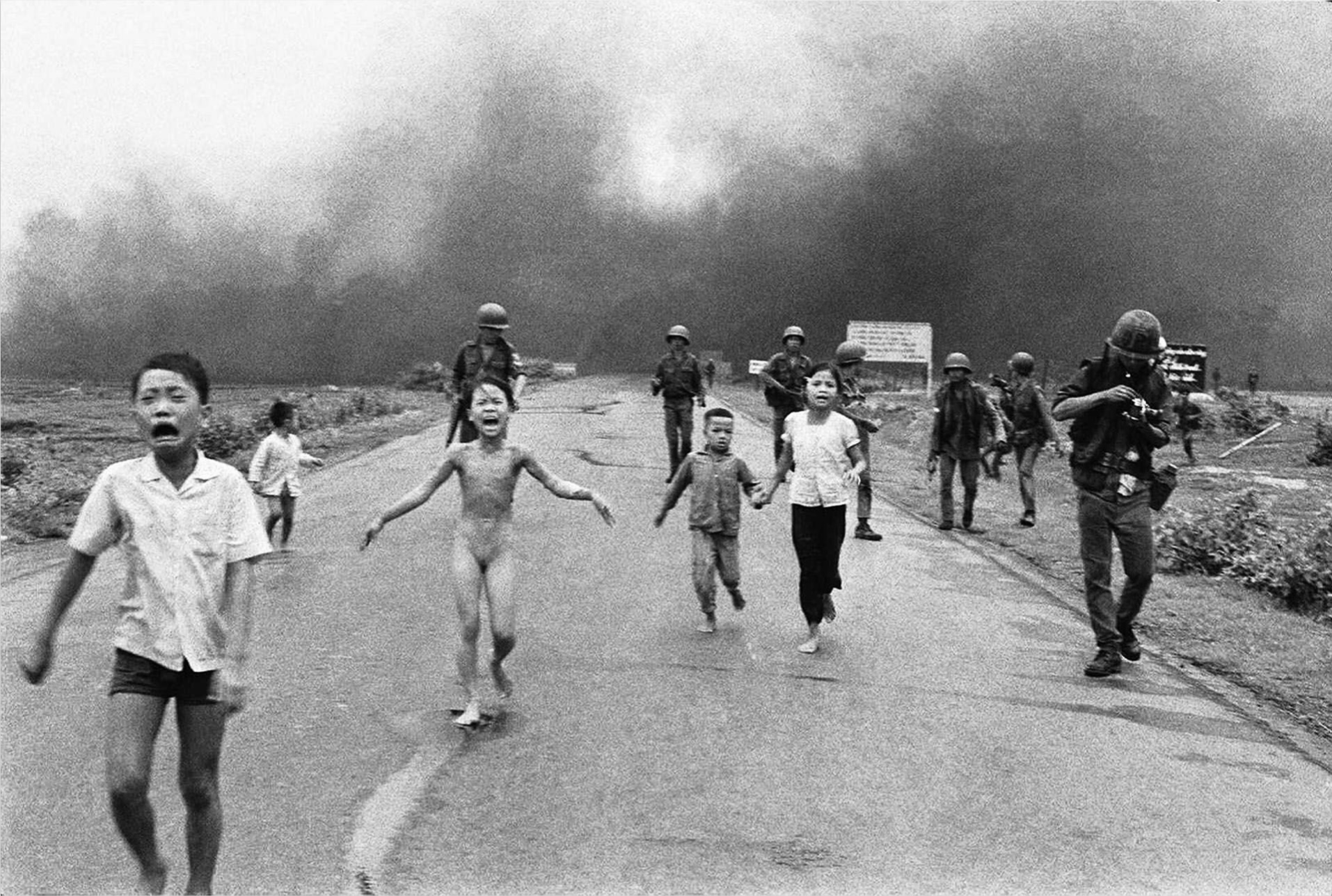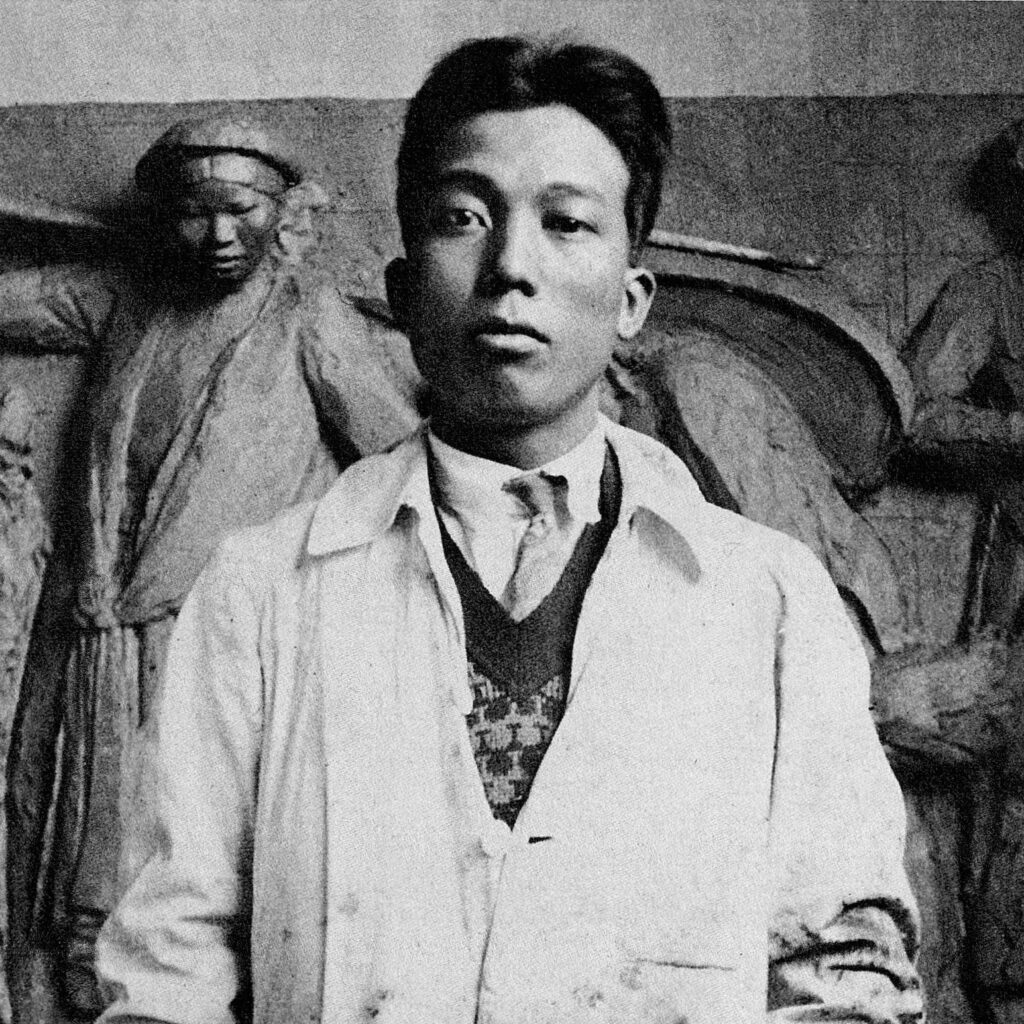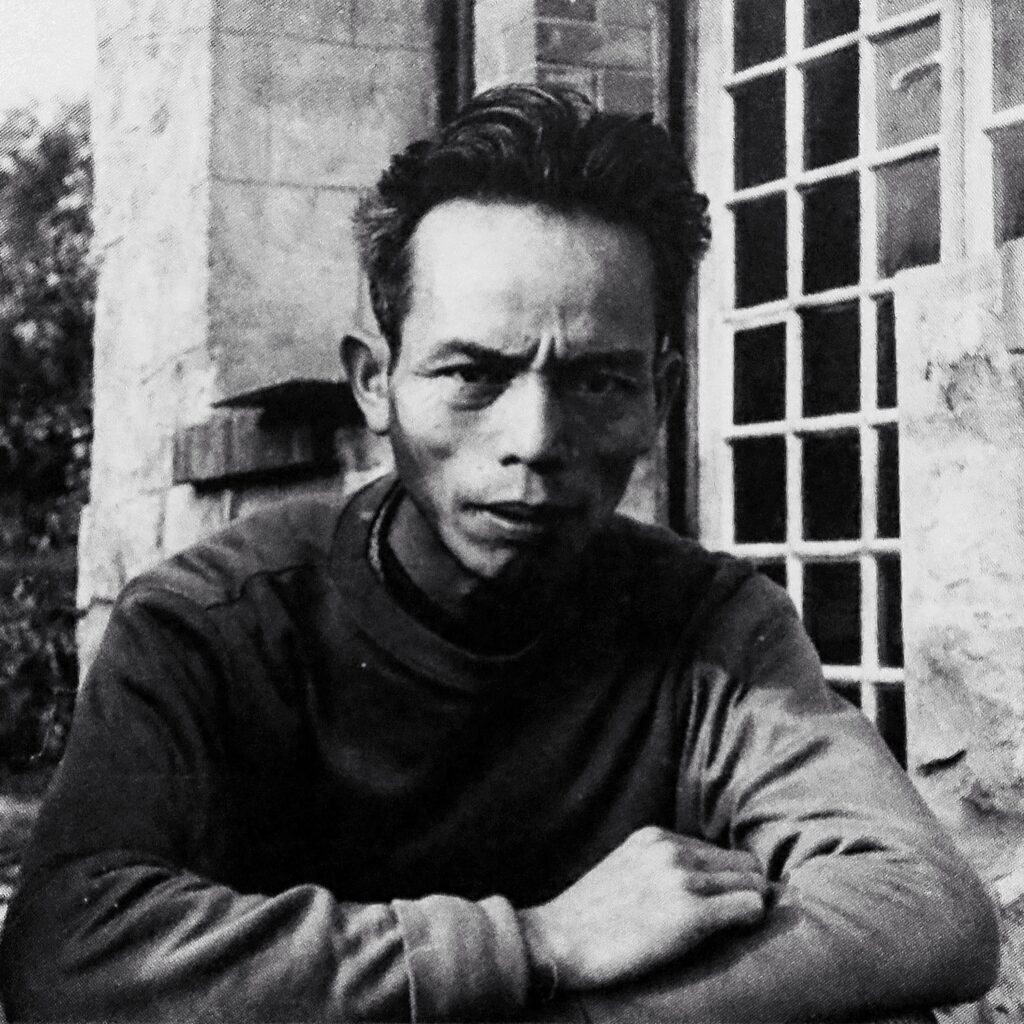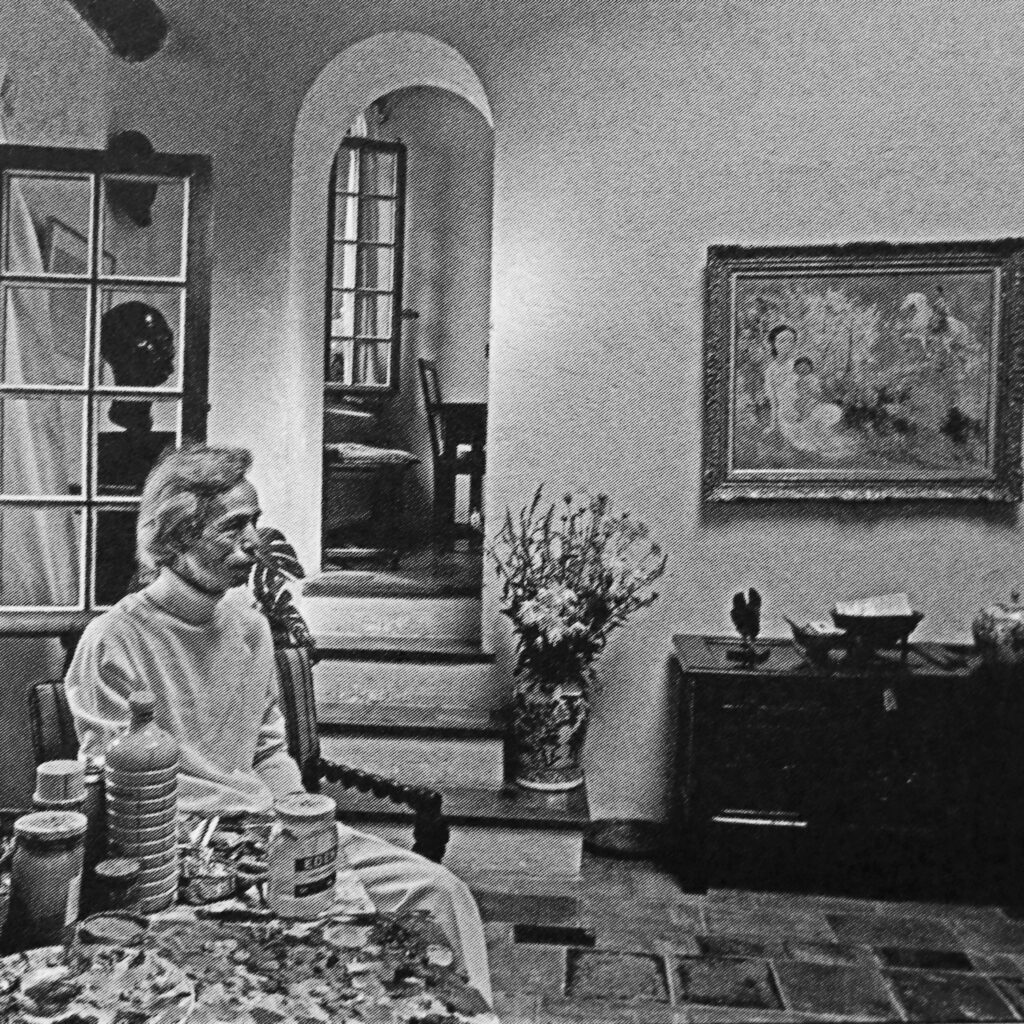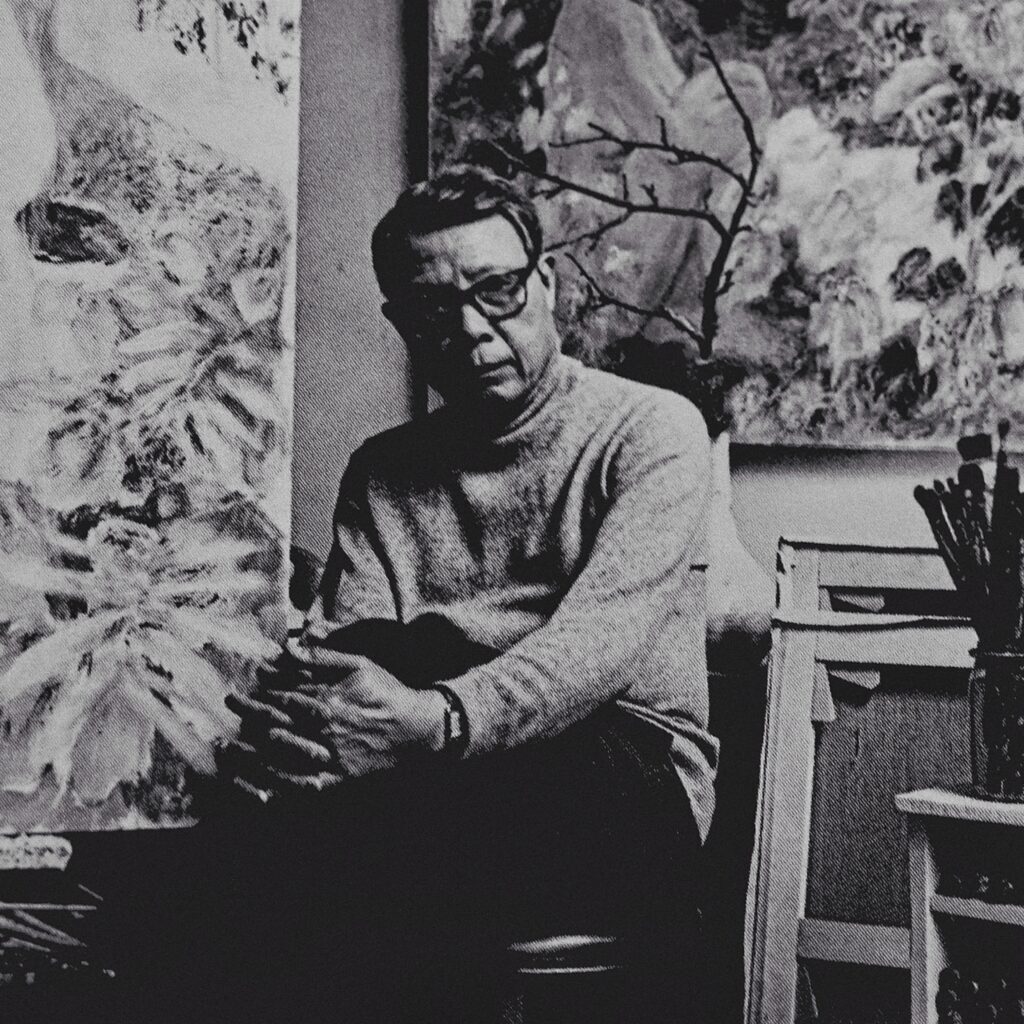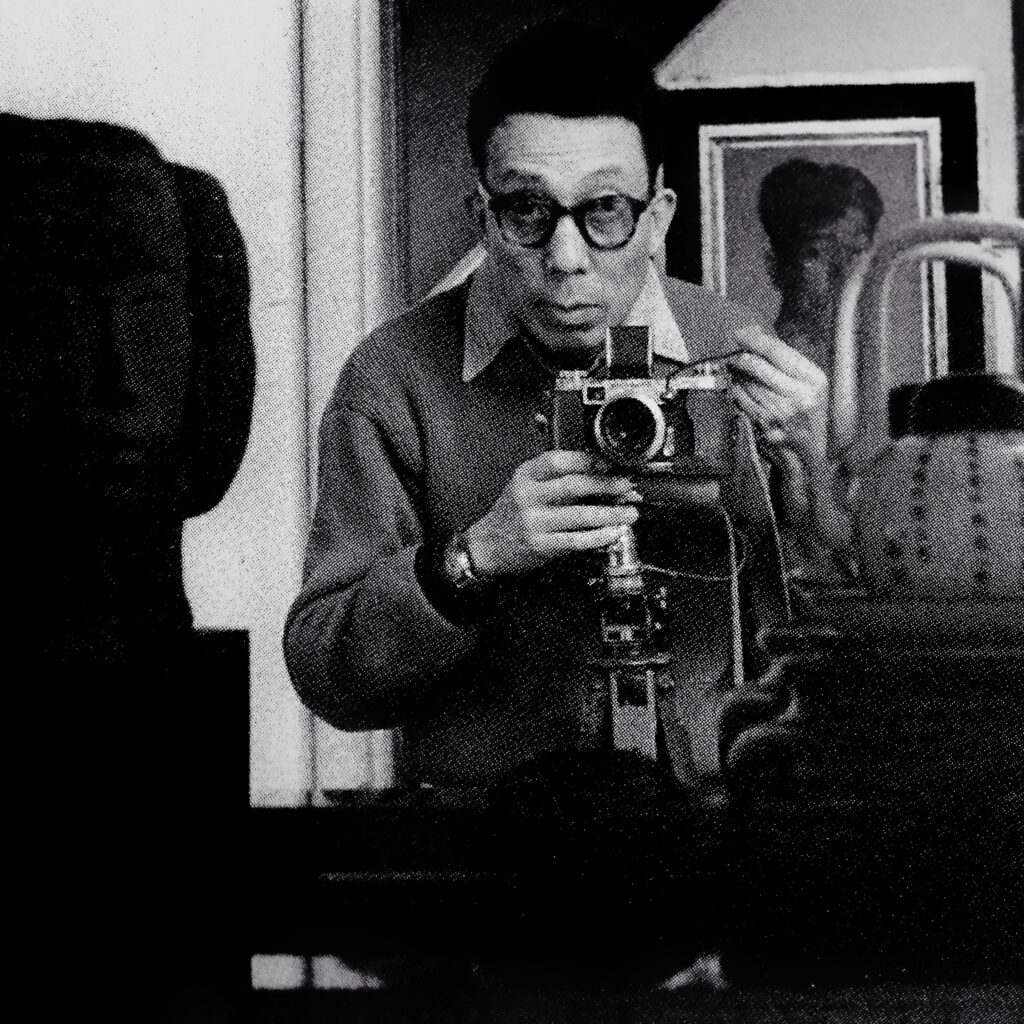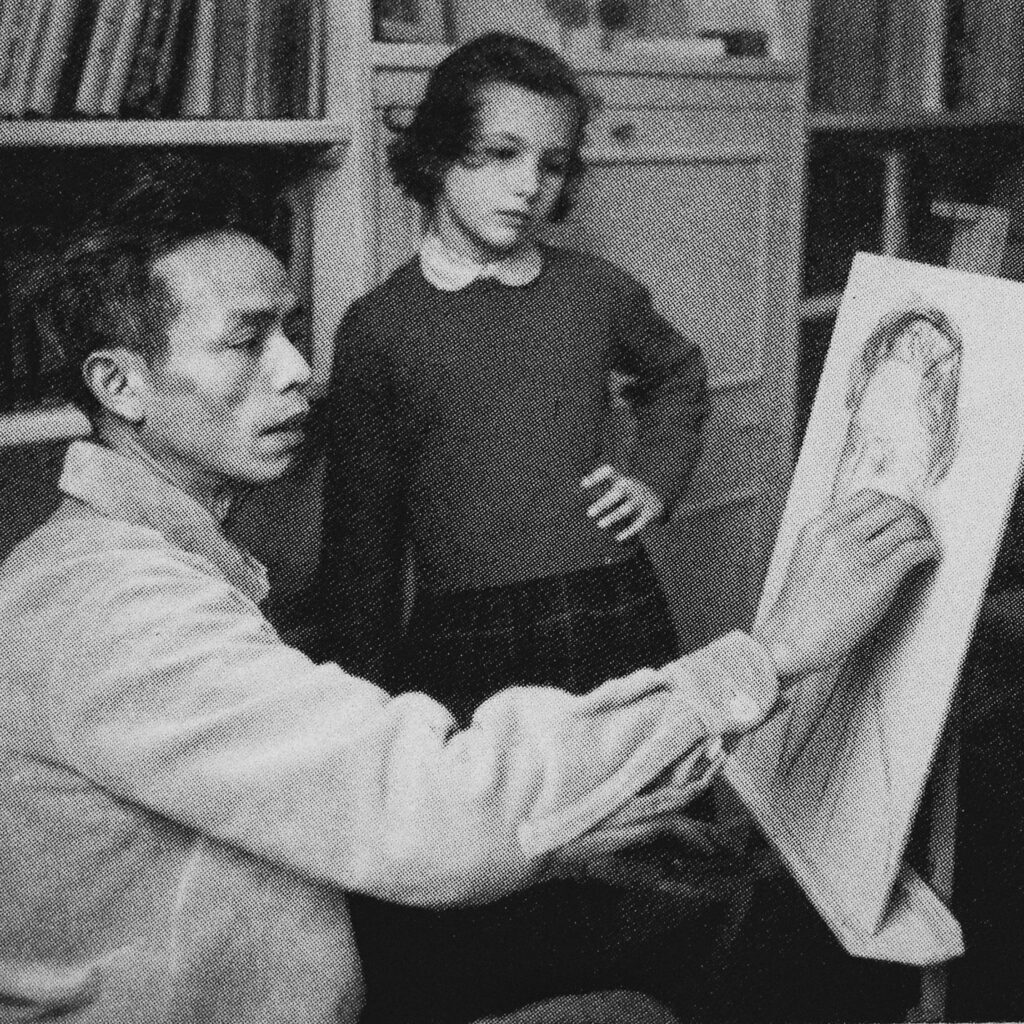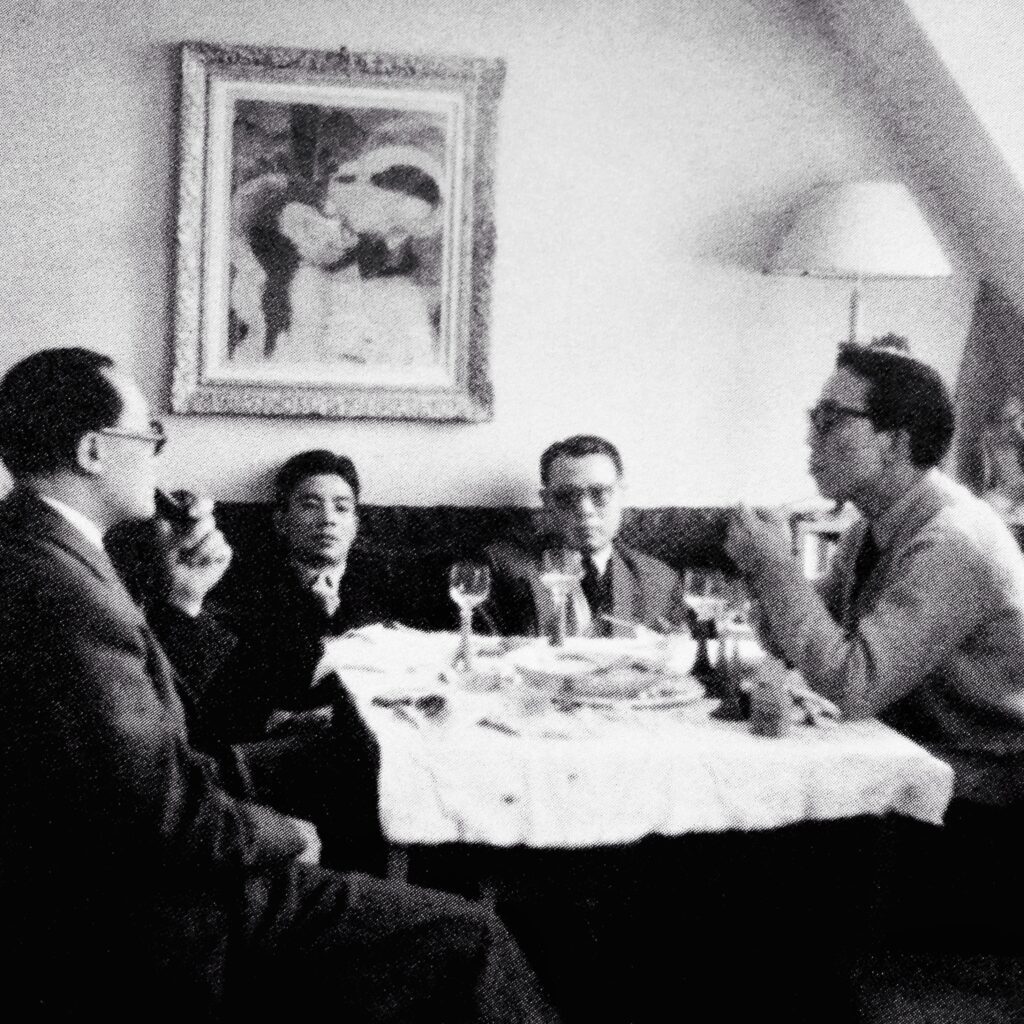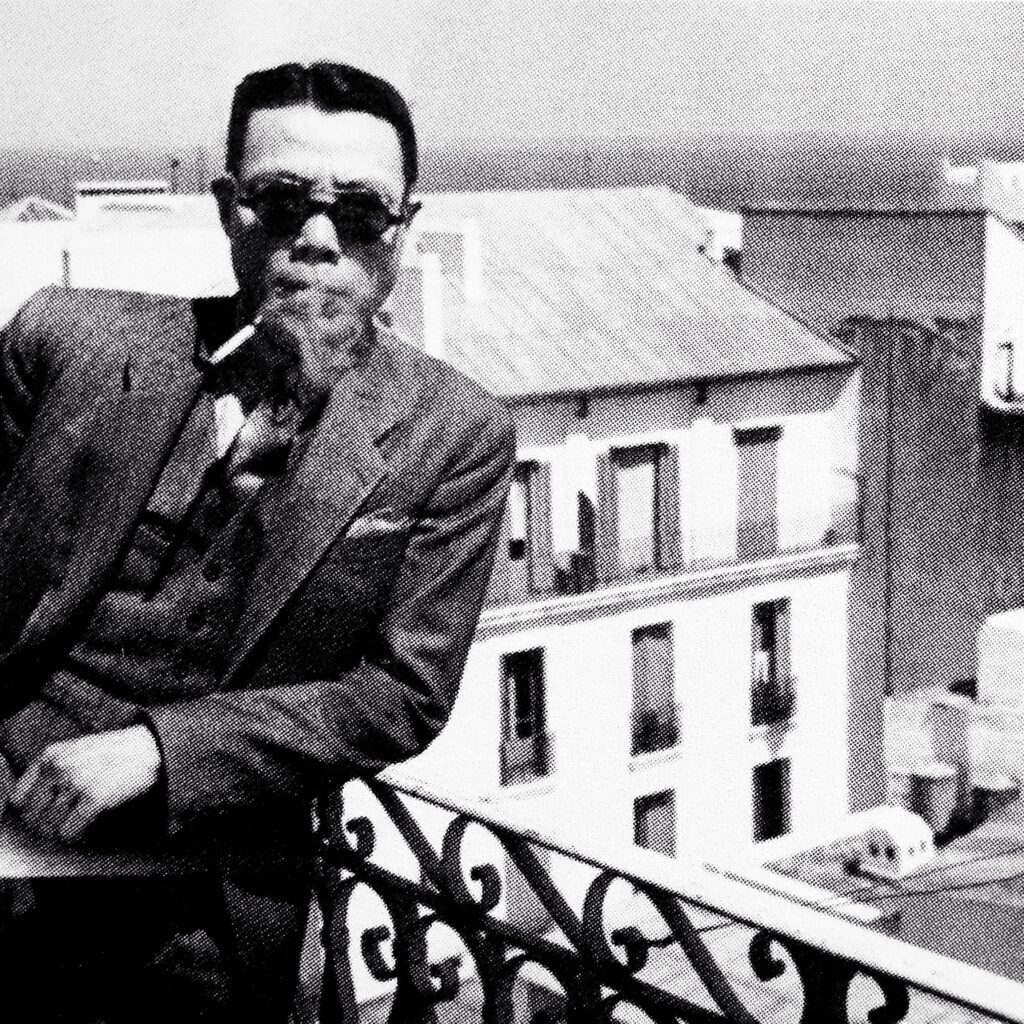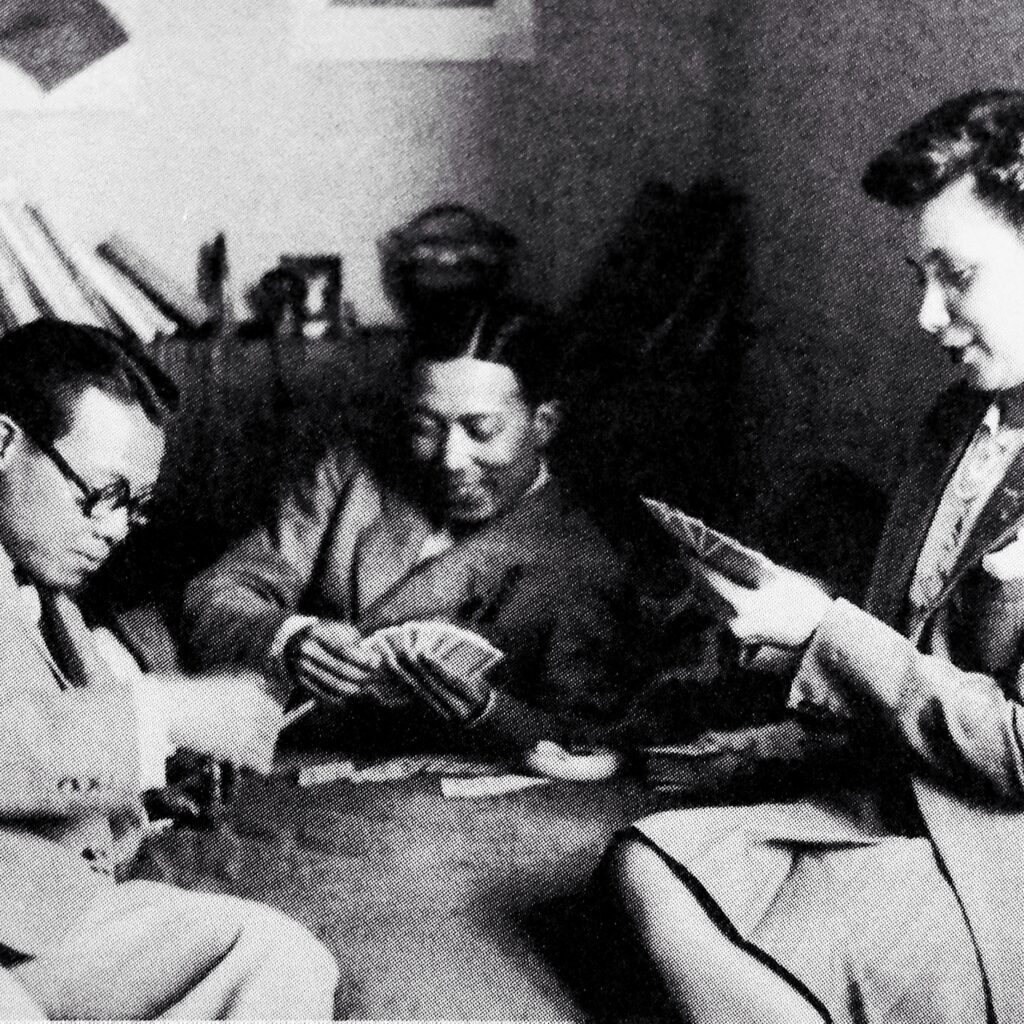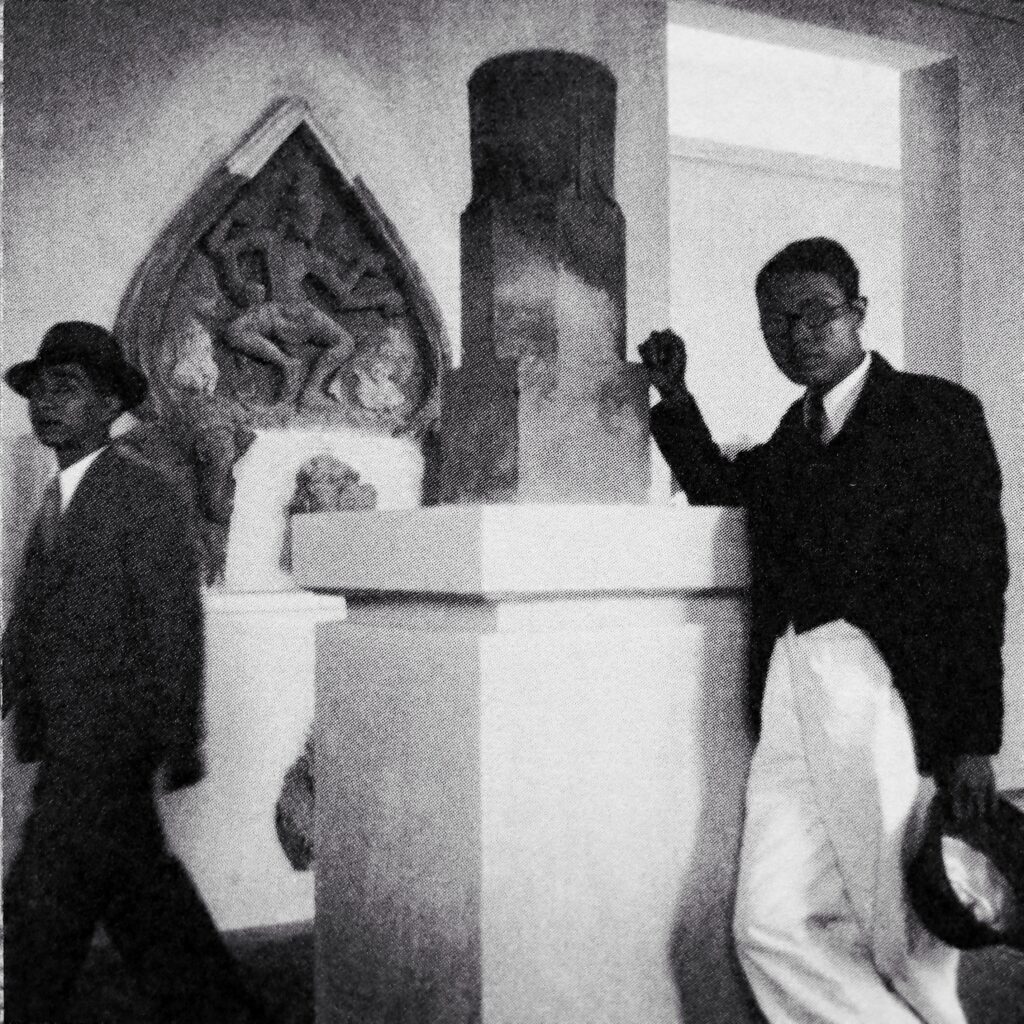"The horror of the Vietnam War recorded by me did not have to be fixed."
Nick Ut
“I took a lot of water and poured it on her body. She was screaming, ‘Too hot! Too hot!’” Ut took Kim Phuc to a hospital, where he learned that she might not survive the third-degree burns covering 30 percent of her body. So with the help of colleagues, he got her transferred to an American facility for treatment that saved her life.
Ut’s photo of the raw impact of conflict underscored that the war was doing more harm than good. It also sparked newsroom debates about running a photo with nudity, pushing many publications, including the New York Times, to override their policies. The photo quickly became a cultural shorthand for the atrocities of the Vietnam War and joined Malcolm Browne’s Burning Monk and Eddie Adams’ Saigon Execution as defining images of that brutal conflict.
When President Richard Nixon wondered if the photo was fake, Ut commented, “The horror of the Vietnam War recorded by me did not have to be fixed.” In 1973 the Pulitzer committee agreed and awarded him its prize. That same year, America’s involvement in the war ended.

